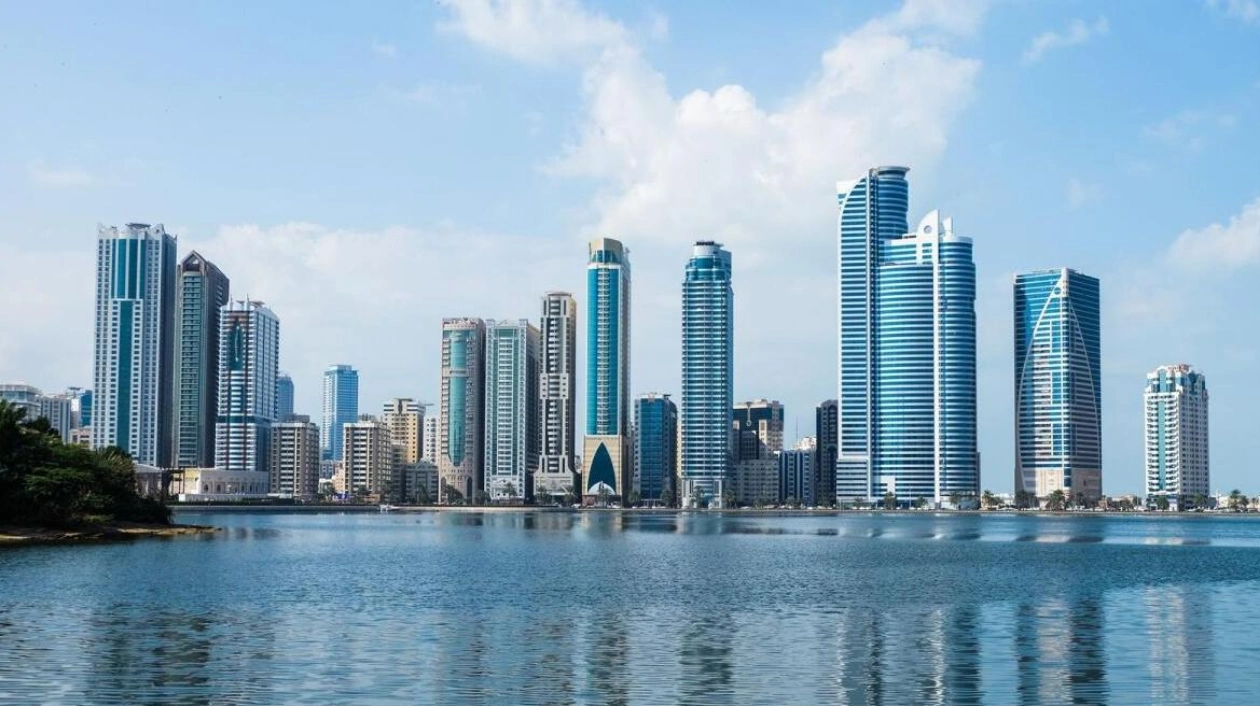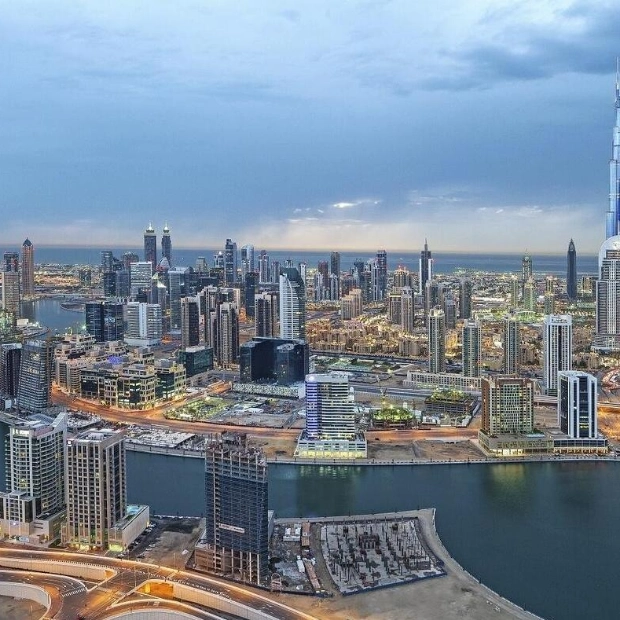Numerous tenants in Dubai are relocating to Sharjah and the northern emirates as a result of escalating rental costs, enhanced quality of developments, and hybrid work arrangements that provide greater locational flexibility for employees. This marks the third cycle, following the 2009 and 2014 periods, where tenants are shifting to the Northern Emirates to mitigate rising rentals. Industry experts estimate that tenants could save approximately Dh77,000 by relocating due to rental disparities.
Post-pandemic, rents in Dubai, Sharjah, and the Northern Emirates have surged significantly as the UAE's population expanded, drawn by job opportunities across various sectors. However, rents in Dubai are more than double those in neighboring northern emirates. A studio apartment in Dubai typically ranges from Dh30,000 to Dh70,000 annually, while a one-bedroom unit costs between Dh50,000 and Dh130,000. Deira, International City, Sports City, and Jumeirah Village Circle are the most affordable areas in Dubai, whereas Palm Jumeirah, Dubai International Financial Centre (DIFC), and Downtown are the priciest.
In Sharjah, studio rents range from Dh12,000 to Dh40,000, and one-bedroom apartments from Dh14,000 to Dh55,000 per year. In the northern emirates of Ajman, Umm Al Quwain, Fujairah, and Ras Al Khaimah, studios and one-bedroom units cost between Dh12,000 and Dh34,000 annually, with one-bedroom apartments around Dh15,000 to Dh50,000.
James Joughin, Executive Director for Advisory and Valuation at Asteco, noted that similar to past market growth phases, there has been an uptick in tenants moving from Dubai to the northern emirates, primarily driven by affordability. Many long-term tenants are experiencing substantial rent increases in their current residences, especially after the update of the Real Estate Regulatory Authority (Rera) rental calculator in March 2024. Despite rising rental rates in the northern emirates, they remain significantly lower than in most Dubai communities, with the added advantage of generally larger unit sizes.
Beyond rental pressures, other factors contributing to this migration include job growth in the northern emirates, spurred by economic expansion; increased availability of quality developments and master-planned communities; and hybrid work arrangements offering more locational flexibility. Jonathan Jackson, a property consultant at Huspy, highlighted that overall living costs in Dubai are higher compared to Sharjah. "If you work in Dubai but live in Ajman or Ras Al Khaimah, fuel costs rise, but rent and food are generally lower, offering a more balanced cost of living," he said.
For instance, in Business Bay, three-bedroom apartments average over Dh200,000, and studios exceed Dh55,000. In contrast, Sharjah offers significantly lower rents, with three-bedroom villas listed at around Dh100,000 and some as low as Dh90,000. For those driving a V8 SUV with an average fuel consumption of 6 litres per kilometre, a 200km daily commute would cost about Dh93 per day, totaling Dh33,000 annually. Adding the cost of a three-bedroom villa and the SUV, your annual expenditure would be around Dh123,000, excluding food and utilities. Hence, the overall living cost in Dubai is higher.
Some Dubai tenants are also relocating to Ras Al Khaimah, which is over 110km from Downtown, due to the increase in quality developments and improved physical and social infrastructure. Jackson added that precise data on the income bracket of salaried individuals in the northern emirates is not fully transparent, but it is estimated that the average person renting a three-bedroom apartment in Sharjah or Ajman earns between Dh7,000 and Dh15,000 per month.
These areas also have their share of long-term residents, including wealthy individuals who have lived there for many years and prefer not to relocate. There is a noticeable decrease in the population of western expatriates as you move into these emirates, with a more prominent presence of South Asians, Africans, and Arabs. Ajman and Sharjah also have a significant number of Emiratis, many of whom have lived there throughout their lives.
James Joughin of Asteco stated that it appears that most of those individuals and families in the lower-to-mid income bracket are migrating to the northern emirates because of significantly lower housing costs compared to Dubai; school fees, which constitute a significant portion of the cost of living for families, tend to be lower in the northern emirates compared to Dubai; and the rise of remote work has enabled some professionals to relocate to areas with a lower cost of living while maintaining their employment in Dubai.
In the post-summer holidays, traffic between Dubai and the northern emirates has increased dramatically due to the reopening of schools and the returns of families from long holiday breaks. This is prompting some tenants to consider relocating, but it is not a primary deterrent, say industry executives. "Whilst the commute between Sharjah/Ajman and Dubai remains a consideration for potential movers, it is not a primary deterrent. For many, the financial advantages, improved infrastructure, lifestyle preferences and long-term outlook of the northern emirates continue to outweigh the traffic challenges. The rise of remote work and hybrid work models has reduced the need for daily commutes for many individuals, enabling them to live in more affordable locations while retaining their employment in Dubai," said James Joughin of Asteco.
Jonathan Jackson added that some residents have returned to Dubai due to the extensive traffic congestion experienced in other emirates, with some spending over 1.5 hours daily in traffic. "Ultimately, the choice depends on whether one values financial savings or the comfort and efficiency of urban living," he concluded.






